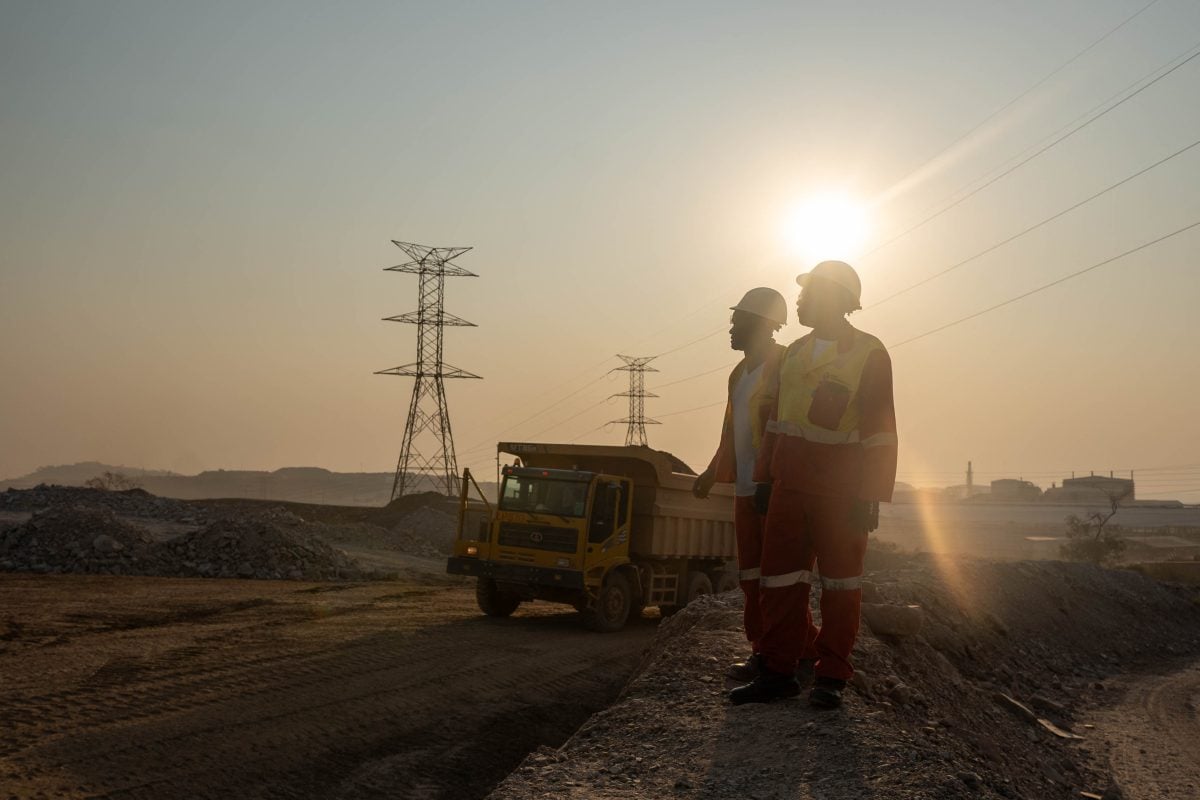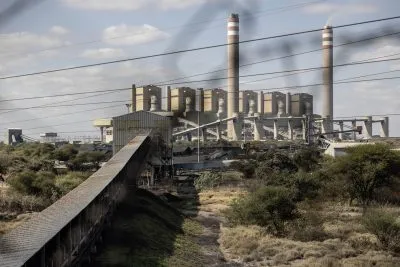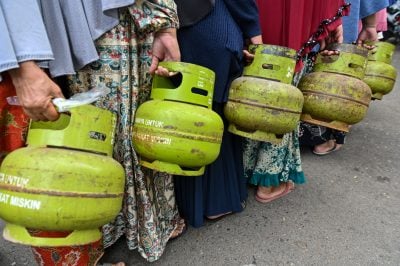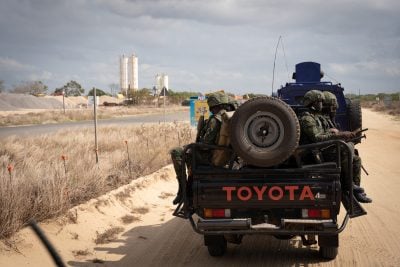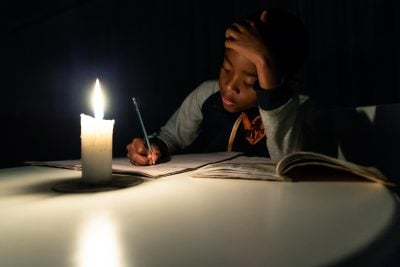Angola’s government has tapped Hydro-Link, a firm owned by US-based Symbion Power, to lead the construction of a new $1.5bn power transmission line that will supply electricity to neighbouring Democratic Republic of Congo (DRC). The privately owned 1,150km line will connect hydropower sites in Angola with energy-hungry mining operations in the DRC’s Copperbelt. Swiss-based Mitrelli Group has joined as a major investor and partner.
The line, which is expected to be completed by 2029, will have the potential to supply as much as 1.2 GW of power from Angola’s Lauca plant and other hydroelectric facilities to the Kolwezi mining area in southern Congo. Planners say the project could enhance regional energy integration, create thousands of local jobs, and expand electricity access to communities along the route.
US government mulls funding
To finance approximately 70% of the project, Hydro-Link is actively seeking funding from the US government-owned International Development Finance Corporation (DFC). The firm is also seeking support from the US Trade and Development Agency for feasibility studies, and additional backing from the US Export-Import Bank. US government backing is yet to be publicly confirmed.
According to Paul Hinks, Hydro-Link’s CEO and founder of Symbion Power, the idea to develop the line emerged in response to requests from mining companies in the DRC struggling to secure sufficient power onsite. Major industry players including Glencore and Ivanhoe Mines are could benefit from electricity supplied through the new transmission line.
Mining and processing operations in mineral-rich DRC are frequently hampered by inadequate and inconsistent power supply. Meanwhile, Angola enjoys a surplus of hydro power, with the African Development Bank estimating that the country has about 1.5 GW of unused clean hydropower capacity.
Rishon Chimboza, special advisor for African investment and global engagement at the Tony Blair Institute for Global Change, argues that the new powerline will improve the efficiency and competitiveness of mining operations in the DRC.
“The DRC is facing a shortfall of 700 MW in the Copperbelt region alone. And this is despite the presence of large-scale copper producers there,” he tells African Business.
“These operations rely quite heavily on diesel generators or power imports from Zambia, and these strain the margins and also limit expansion. This connection could provide a more reliable and potentially cheaper power source,” he says.
For all its anticipated benefits, Chimboza contends that the major challenge likely to face the project is disruption to original construction timelines. Permitting, land acquisition, and inter-agency coordination can bog down projects and derail timelines, Chimboza argues.
US play for critical minerals
Chimboza views the US-backed transmission line as part of a broader strategy by Washington to secure access to critical minerals in the region, which includes promoting the Lobito Corridor concept.
“This specific project is laying the groundwork for much more significant US investment into the region’s mining sector. Access to power is often cited as one of the biggest inhibitors of large capex projects. So this is, to some degree, actually de-risking some of the larger scale [mining] investments that will come in,” he notes.
“We’re seeing a big push in terms of the agreement that has been reached between the US and the DRC exchanging mineral rights,” he adds.
The DRC, the world’s largest cobalt producer and Africa’s top copper producer, on June 27 signed a deal in Washington granting the US access to mineral rights, including cobalt, copper, tantalum and lithium.
Last month Washington also helped to broker a peace deal between DR Congo and Rwanda to end the war in the eastern DRC.
Want to continue reading? Subscribe today.
You've read all your free articles for this month! Subscribe now to enjoy full access to our content.
Digital Monthly
£8.00 / month
Receive full unlimited access to our articles, opinions, podcasts and more.
Digital Yearly
£70.00 / year
Our best value offer - save £26 and gain access to all of our digital content for an entire year!
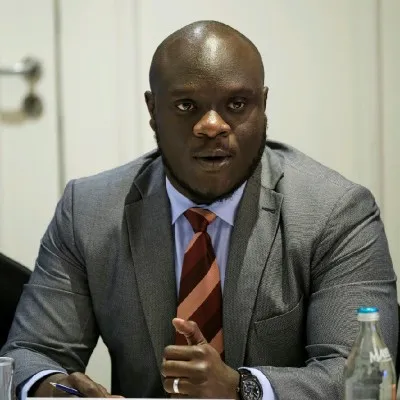
 Sign in with Google
Sign in with Google 